Shark Aircraft - The previous record-holder, Shaesta Waiz, who has served as a mentor to Rutherford throughout the trip, earned the record at 30 years old after piloting a Beechcraft Bonanza around the world. "It's really nice being able to talk to someone who kind of knows what you are going through, knows what kind of challenges you are facing....
Every once in a while, I'll text [Waiz] and I'll say, 'You know I'm flying here now, what was your experience, do you have any tips?' in Southeast Asia apart from her and other worldrounders, so it's great having that person there that I can turn to if I need advice," Rutherford told AOPA while stuck in Alaska waiting on a renewed Russian visa.
Shark Aircraft
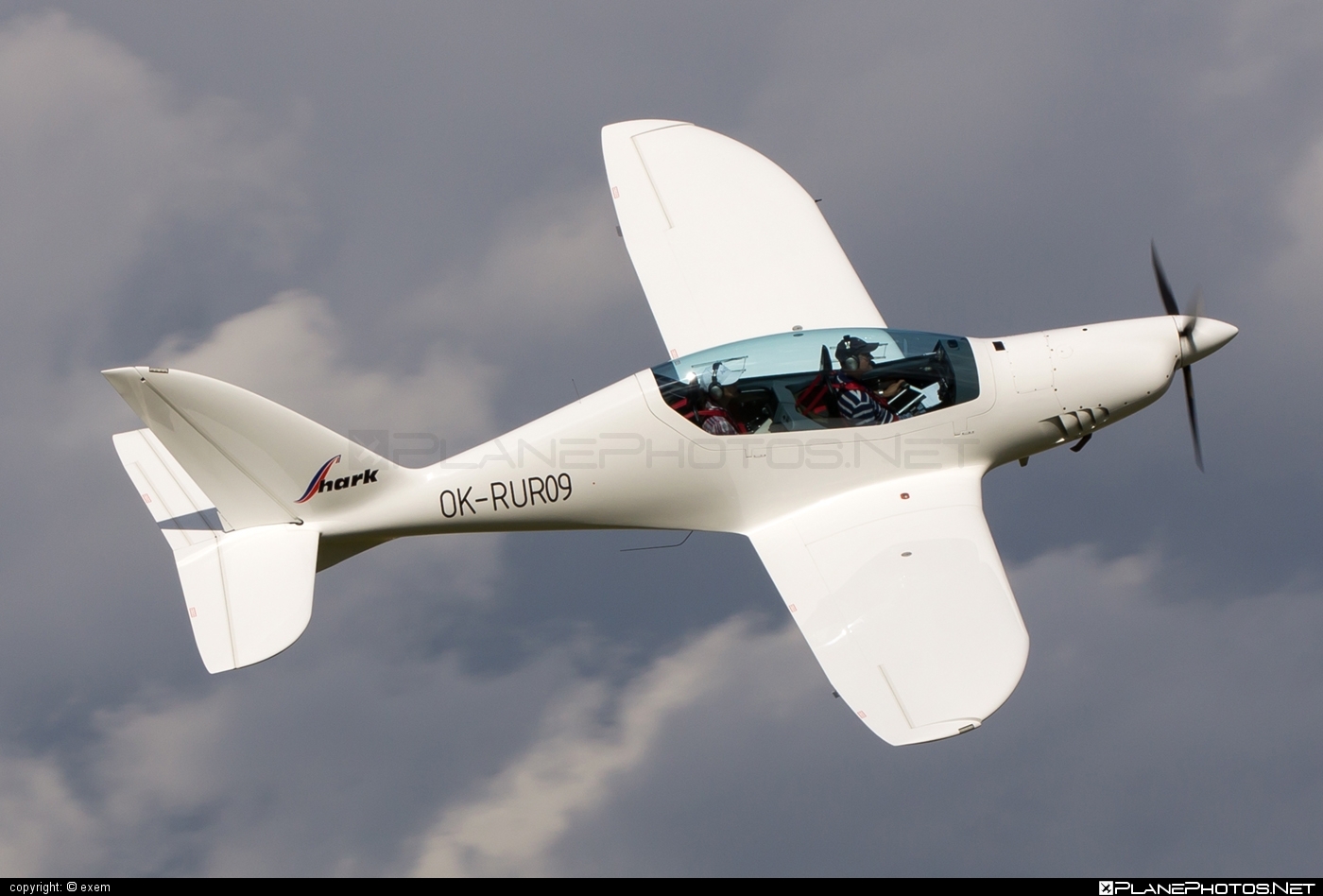
We make an overhead approach at the non-towered Warrenton-Fauquier Airport in Virginia and decelerate to 70 KIAS on downwind, then lower the landing gear and flaps. Once fully down, the flaps supply ample drag, and holding the recommended 60-knot approach speed at a descent rate of 500 fpm requires slightly more than idle power.
The 100-horsepower Rotax 912 ULS engine is a thoroughly known quantity. The Italian-made FP Propeller is a variable-pitch, composite model that the pilot treats as if it were a fixed-pitch propeller. There's no separate propeller control, and blade pitch adjusts automatically for optimum engine rpm during takeoff, climb, cruise, and descent.
We are very happy that he has had a safe journey and extremely pleased that Mack decided to avoid the Russian airspace, which is the most common route when circumnavigating the globe. Being Ukraine's neighbor we feel very strongly about the war and oppose it by all means possible.
At only 19 years old, Zara Rutherford became the youngest woman to circumnavigate the globe and the youngest person to fly solo around the world in an ultralight aircraft. In addition to her two Guinness World Records, she has also become the first Belgian to fly around the world alone.
SHARK UL is a two-person light aircraft, manufactured by Shark.aero s.r.o. and is type certified in Germany and The Czech Republic as an "Ultralight Aircraft". Designed for efficient, comfortable long-range, high-speed flight, it's a flight experience like no other, with its fighter-like design and performance without the cost of a fighter.
The Shark UL can be certified in the US as an Experimental-Exhibition Aircraft. The trip, which Rutherford had hoped to have completed by Christmas, was anything but "blue skies and tailwinds" for the young aviator. From hitchhiking in North Carolina to flying in minus 31 degrees Fahrenheit weather in Russia, Rutherford stayed the course.
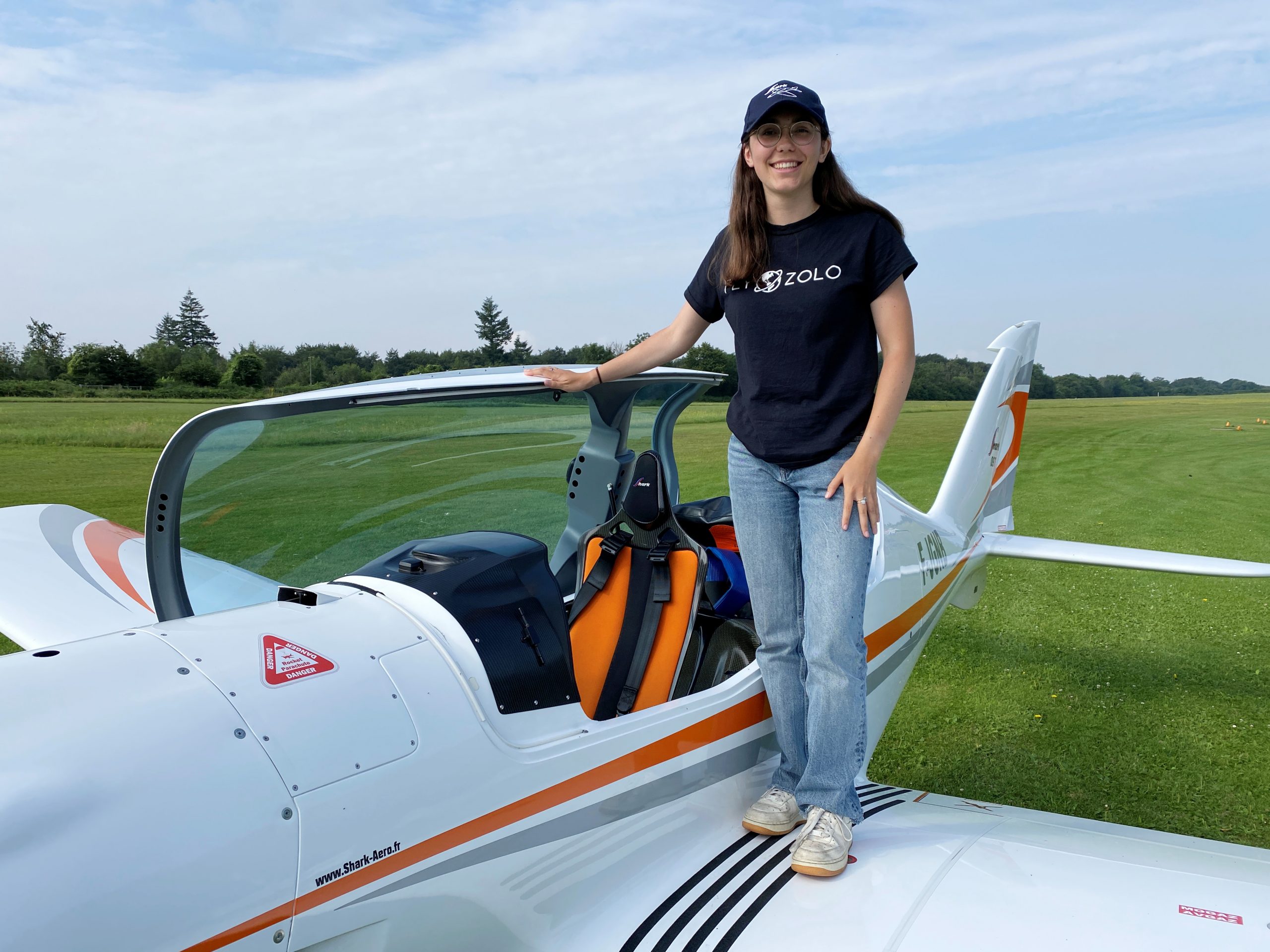
The seat is incredibly comfortable and the Kevlar cockpit is surprisingly roomy. The rudder pedals are adjustable; the sidestick control with the hat-style trim switch falls neatly into my right hand, as does the left-hand throttle.
Although this was Rutherford's first solo circumnavigation, she was no stranger to flying over unfamiliar terrain and open water. Her father, a professional pilot who also served as flight operations and sponsorship chair for the mission, had taken Rutherford along on several trans-Atlantic flights prior to the teenager's successful adventure.
"One flight that we did was Texas to India, and that was really fun... So that is kind of some experience where it's really quality over quantity and has been really helpful on this trip," Rutherford told AOPA in October.
The Shark—like competitors Blackshape Prime (Italy), JMB Aircraft VL3 (France), Pelegrin Tarragon (Latvia)—is built under European regulations for "ultralight" aircraft that, somewhat surprisingly, are far less restrictive than U.S. rules for Light Sport aircraft. Europeans don't impose airspeed limits (120 KCAS in the United States), and they allow retractable landing gear and variable-pitch propellers, which aren't permitted here.
Ground steering requires differential braking, and soon we're aligned with the runway for takeoff. Even at nearly maximum gross weight on an 84-degree-Fahrenheit day, takeoff acceleration is smooth and quick, and Baron advises light back-pressure at about 25 KIAS, then holding a shallow nose-up attitude with the nosewheel off the ground.
The airplane flies off the pavement at about 40 KIAS after an eight-second ground roll that covers about 600 feet, against a five-knot headwind. But Baron usually begins by explaining that the Shark is, at heart, a sporty and efficient "twenty-first century airplane" made in Slovakia that uses lightweight materials and complex aerodynamic shapes to deliver a remarkably broad range of performance.
The Shark, for example, stalls at less than 45 knots, yet it cruises at 146 and can reach 159 knots in level flight. As Mack bought himself a second-hand Shark from one of our Danish customers we offered to provide him with technical support during his journey which he hasn't needed as Shark has proven once again it's amazing performance, endurance and reliability.
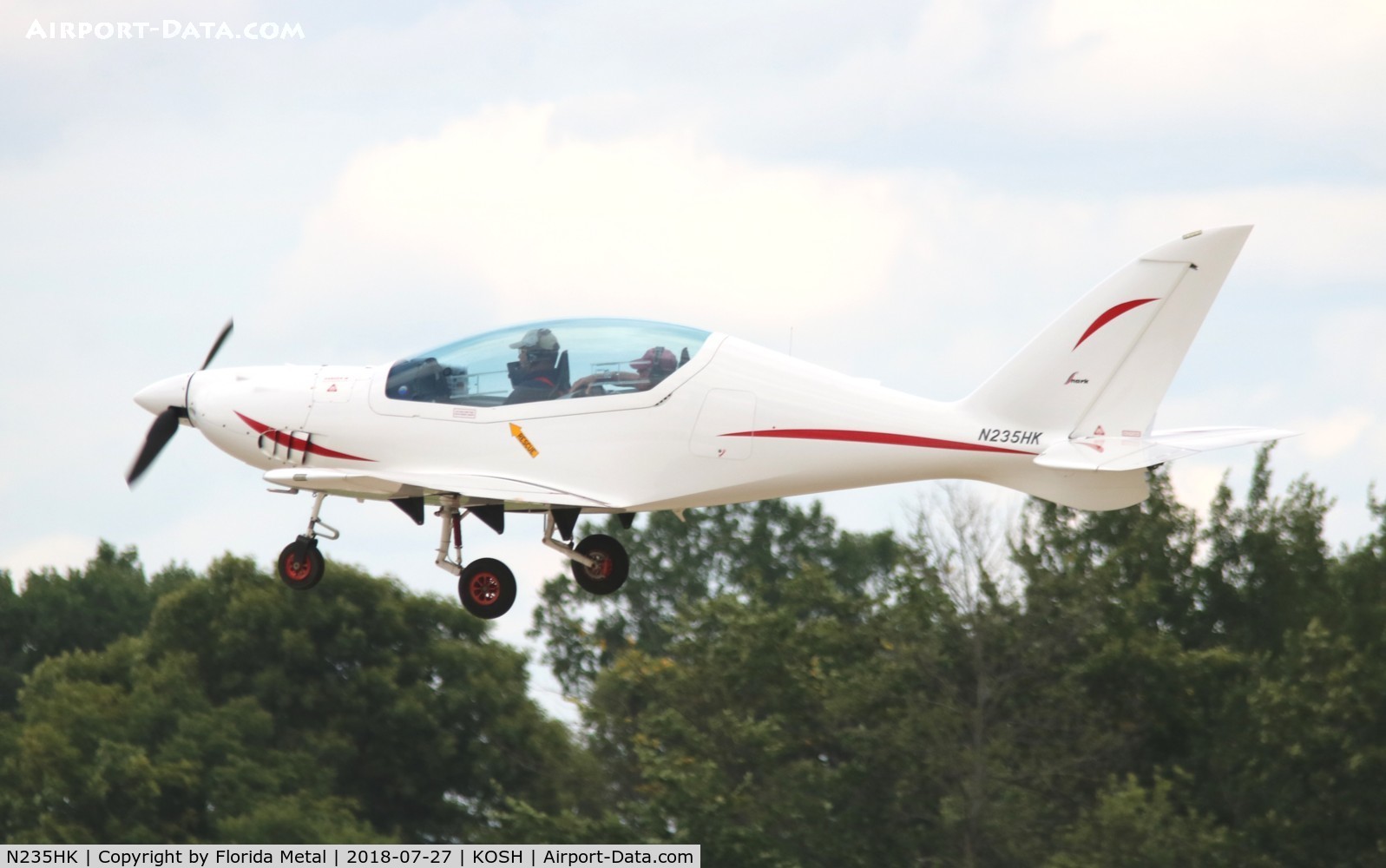
The wing is so low to the ground that it's easy to step directly onto the wing walk. Climbing into the cockpit is a simple matter of swinging a leg over the side rail, then lowering yourself into the carbon-fiber seat.
Once buckled into the four-point harness, the side-hinged canopy folds over and latches securely into position. A sliding window on the left side of the canopy supplies ventilation on the ground. Specifications Powerplant | Rotax 912 ULS, 100 hp
Propeller | 2-blade constant-speed FP or WoodComp Prop Airframe parachute | Magnum 620 Length | 25 ft Height | 7ft 10in Wingspan | 26 ft Power loading | 13.2 lb/hp Seats | 2 Cabin width |
26 in Empty weight | 650 lbs Max ramp weight | 1,320 lbs Max gross weight | 1,320 lbs Useful load | 670 lbs Payload w/full fuel | 448 lbs Fuel capacity, std 27 gal (24 gal usable) or 40 gal (37 usable)
Baggage capacity | 48 lbs Fuel | 91 Octane E10 gasoline This airplane is set up to be a trainer, so it's rigged for relatively heavy aileron breakout forces that dampen the ailerons, but it creates an artificial feel that I find objectionable.
It takes significant force to break the ailerons out of the neutral position, and they get lighter as deflection increases. Other Shark models aren't rigged this way, and I'd much prefer lighter and more linear aileron forces in nontrainer models.
Pitch forces are light but linear, and they're just about ideal. I pitch for 80 KIAS and bring up the landing gear with a toggle switch on the top left corner of the instrument panel. The gear cycles in about three seconds, and we accelerate to a cruise climb of 110 KIAS.
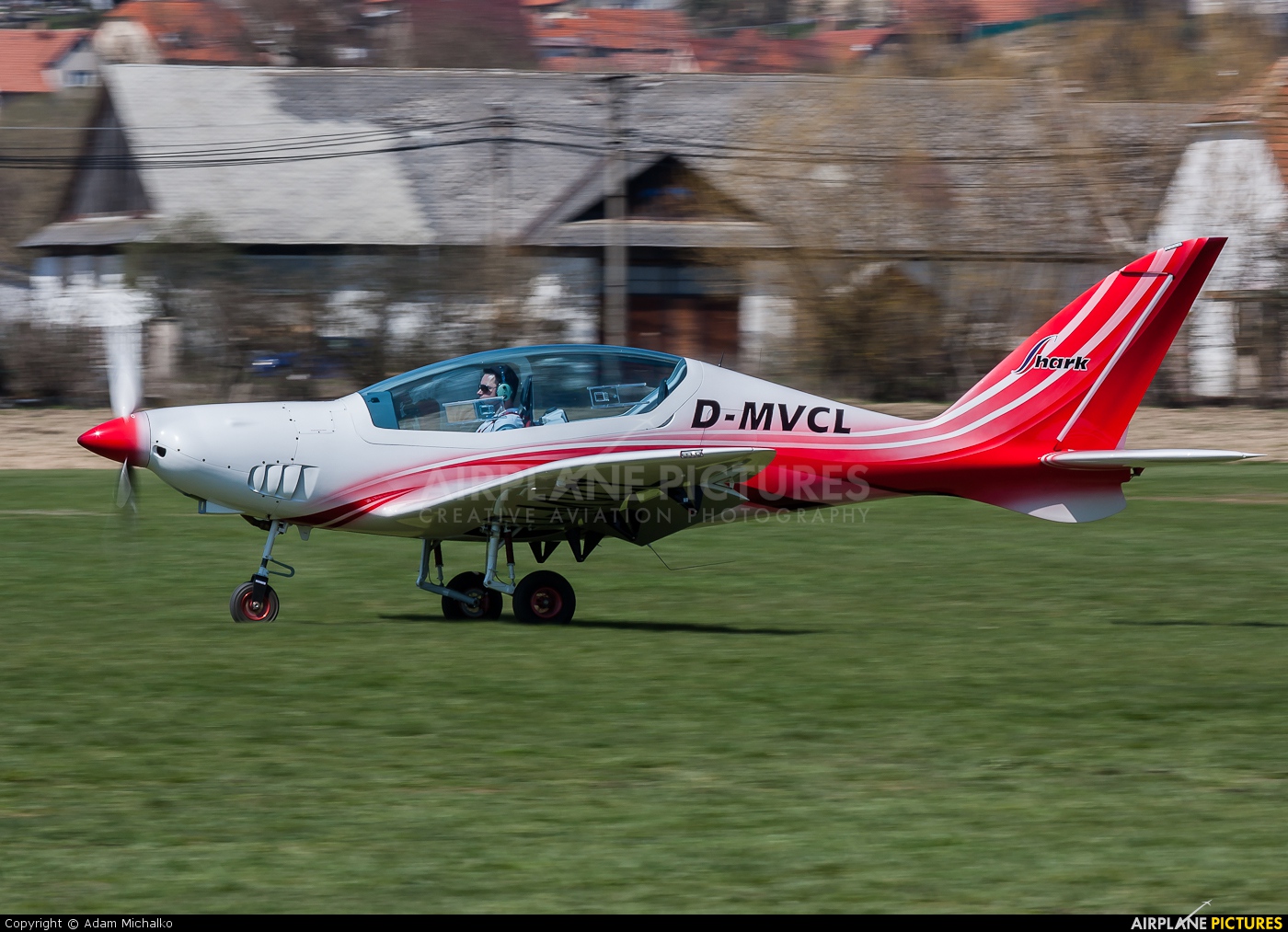
At 3,000 feet I level off and let the airspeed rise to 140 KIAS while fuel consumption is steady at 5.5 gph. When flying alongside the photoship at 110 KIAS, the Rotax sips fuel at less than 4 gph.
The trailing-link main landing gear looks particularly forgiving, and the wide chord of its low wings seems designed to tolerate a broad range of loads that can shift the airplane's center of gravity fore and aft.
From the cooling "gills" on the side of its engine cowl to the highly swept and pointed vertical tail, the Shark has design elements to fit its name. But the diminutive airplane hardly seems like a fearful predator.
Limiting and Recommended Airspeeds VA (design maneuvering) | 90 KIAS VFE (max flap extended) | 65 KIAS VNO (max structural cruising) | 159 KIAS VNE (never exceed) | 180 KIAS VS1 (stall, clean) | 30 KIAS
VSO (stall, in landing configuration) | 28 KIAS The elevator has enough authority to hold the nosewheel off the ground well after the mains have touched down, and doing so provides aerodynamic braking. We touch down at about 55 KIAS and roll about 500 feet with light braking during rollout with no wind.
Shark ranks among the fastest aircraft in its category and has held world speed records for over 10 years. It reaches a maximum speed of 300 km/h, has a range of 2000 km and consumes 7 liters of gasoline per 100 km.
SHARK.AERO has already produced and delivered more than 120 aircraft to 22 countries. Her VFR-only Slovakian Shark aircraft featured a fuel-efficient 100-horsepower Rotax engine capable of cruising up to 140 knots. The Shark, which proved to be quite dependable throughout the 32,300-mile circumnavigation, was reportedly an easy choice to make for the earthunder.

"It is the fastest microlight in the world... It's just a very safe [airplane that is] efficient fuel wise," Rutherford previously told AOPA. After 155 days of VFR-only flying, weather delays, pandemic complications, and visa hang-ups, Rutherford achieved just what she had set out to do: The teenager departed on a solo flight around the world on August 18, 2021, with the
mission to reduce the gender gap in science, technology, engineering, and math careers in addition to "show[ing] young women that they can be bold, ambitious and make their dreams come true," Rutherford stated. "The revisions to Part 23 here and in Europe have opened a streamlined path for aircraft just like this," Oord said.
"That would be a much better fit, and ultimately easier than trying to change U.S. Light Sport aircraft regulations.” When Baron retired from Navy flying in 2016, he set out to find an airplane that could re-create the feeling of flying a Beech T–34 Mentor, the fixed-wing aircraft he flew during training.
"Some of my happiest times in the Navy were flying solo in the T-34," he said. "I wanted to find something like that without the expense of operating a warbird." "The first question I always get is, 'What is it?'" said Jonathan "J.B."
Baron, a former U.S. Navy helicopter pilot who owns this Shark—the first imported to the United States from Europe—and serves as the sole U.S. dealer. "The next questions are, 'Is it a Light Sport aircraft?' and 'Did you have to build it yourself?'"
But in true Rutherford fashion, the already accomplished aviator has her eyes set on another significant challenge—becoming an astronaut. "I'm really doing it one step at a time because it is a lot of work and chances are slim," Rutherford said previously.
It's unfortunate that U.S. LSA rules include the arbitrary 120-knot top speed and prohibitions against performance-enhancing variable-pitch props and retractable gear. The FAA has stubbornly resisted any changes to the existing rules. But if the new Part 23 opens the door to sleek, fuel-efficient, category-defying aircraft like the Shark, it can't happen soon enough.
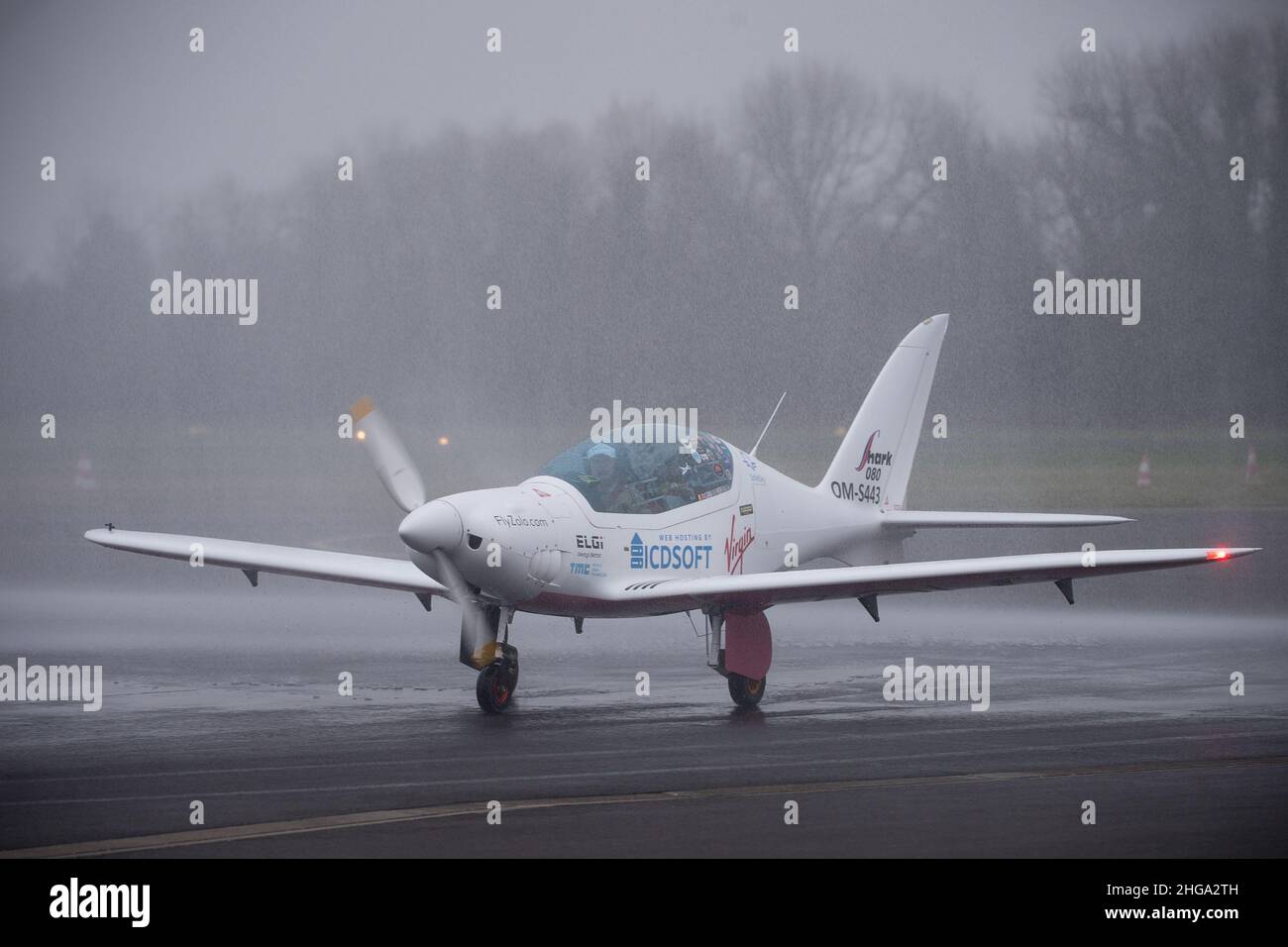
U.S. pilots appreciate speed and efficiency as much as Europeans—and airplanes like the Shark could make American skies feel like the speed-limit-free autobahn. Shark Aero, the Slovakian company that manufactures the Shark, doesn't have CS-23 certification, so Baron's Shark is registered as an Experimental-Exhibition aircraft in the United States, which requires him to send the FAA a fax whenever he flies away from
his home airport at Warrenton, Virginia, to attend aviation gatherings elsewhere. Engine information is displayed on a 10-inch Dynon Skyview with a split screen for the primary flight display and moving map. A lightweight Becker com radio is clear and easy to hear, along with the voice-activated intercom.
Performance Rate of climb, sea level | 1,200 fpm Max level speed, sea level | 159 kt Cruise speed @ 90% power, 6.5 gph (max continuous) | 159 kt @ 70% power, 5.5 gph (fast cruise) |
140 kt @ 55% power, 4.5 gph (economic cruise) | 127 kt Service ceiling 13,500 ft G limit | +4/-2 G The Shark is a revelation because it shows that vast improvements in speed and efficiency are available at the light end of the general aviation market.
The Shark and its Euro brethren squeeze more out of 100 horsepower than I would have thought possible—and even more performance is sure to become available with bigger engines, such as the only slightly heavier 135-horsepower Rotax 915 iS engine that first flew in April
2017. The result is a growing niche of small, sleek, efficient, thoroughly modern, factory-built aircraft with astonishing speed and range. The Shark, for example, can cover almost 800 miles at 146 knots, and more than 1,000 miles at 108 knots.
The Blackshape Prime, VL3, and others deliver similar performance. David Oord, AOPA's senior director of regulatory affairs, said the most likely path to bring Shark-like speed and efficiency to the U.S. pilots is through Part 23 reform.
Europe has adopted streamlined certification standards under what it calls Certification Specification 23 (CS-23), which was designed to make it less expensive and time consuming to certify airplanes there. The FAA has reciprocal agreements with European aviation regulators, so airplanes approved under CS-23 could fly here without restriction.
shark aircraft for sale, shark aircraft price, aircraft shark trevor henderson, shark ul aircraft for sale, aircraft shark gmod, shark light sport aircraft, shark aircraft specs, airplane shark